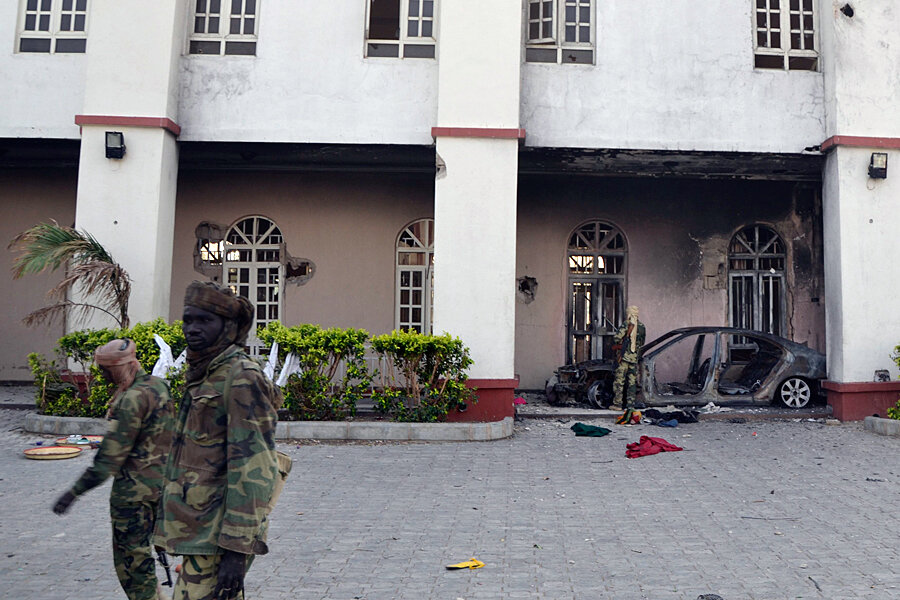Annual death toll in conflicts rises sharply – research group
Loading...
A swell in violence across the Middle East and parts of Africa caused the death toll in war-torn countries to increase by more than 29 percent last year, according to a report released Wednesday.
The Project for the Study of the 21st Century (PS21), a global think tank, found that Syria, Iraq, and Afghanistan remained the three deadliest conflicts in 2014, unchanged from the previous year but with all three seeing a spike in fatalities compared to 2013.
While the death toll did decline in some troubled pockets, such as the Democratic Republic of the Congo, Mali, and Thailand, the research points to a disturbing trend: a reversal after decades of peace after the end of World War II. Last year the Australia and US-based Institute for Economics and Peace reported a steady rise in conflict-related violence every year since 2007.
The PS21 report found that at least 14 conflicts had killed more than 1,000 people last year, four more than in 2013 – and the think tank says its analysis likely understates the toll.
“Assessing casualty figures in conflict is notoriously difficult and many of the figures we are looking at here a probably underestimates,” Executive Director Peter Apps said in a statement. “The important thing, however, is that when you compare like with like data for 2014 and 2013, you get a very significant increase. That says something very concerning.”
The report highlights the growing threat of radical Islamist groups, from the self-described Islamic State in Syria and Iraq to Boko Haram in Nigeria. Such groups are fighting in brutal wars and have left the international community scrambling to try to cut off their flow of recruits, supplies, and funding.
By analyzing data from a variety of sources – including the United States military, the United Nations, and the Syria Observatory for Human Rights – PS21 shows that more than 76,000 people were killed in Syria last year, up from 73,447 in 2013.
The Islamic State group’s lightening advance through northern Iraq last spring and its subsequent reign of terror has caused Iraq's death toll to more than double over the same period – from 9,742 to 21,073.
Deadly year for Afghan forces
Meanwhile, the number of conflict-related fatalities in Afghanistan jumped from 10,172 in 2013 to 14,638 last year. The United Nations reported last month that 2014 marked the deadliest year for civilians caught in the middle of the country’s war since it began keeping records in 2009.
Civilian casualties, which include deaths and injuries, were up 22 percent from the previous record set in 2013, according to a UN report. And for Afghan security forces, 2014 was the deadliest year since the start of the US-led war against the Taliban in 2001.
The rise of Boko Haram in Nigeria caused the country’s death toll to nearly triple last year to 11,529. And after years of peace in Ukraine, a conflict between the government in Kiev and Russian-backed separatists in the east led to 4,707 deaths.
With the exception of the Boko Haram insurgency in Nigeria, all six conflicts rank among the highest prevention priorities for the US this year, according to the Center for Preventive Action at the Council on Foreign Relations. That means they present either a direct threat to the US homeland, are likely to trigger US military involvement because of treaty commitments, or threaten the supply of critical US strategic resources.





